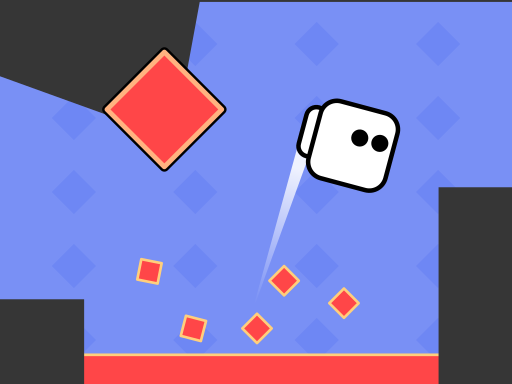

We can never isolate a quark and try to examine it carefully they are stuck inside colorless objects. Worse, a quark is always confined within a proton or a neutron or some other hadron, combinations of particles whose total color is zero. Contrast this with the electric charge of electrons, which never changes. Metaphorically, a quark is bit like a light bulb that is always on but that flickers rapidly and unpredictably between red, green and blue. It makes it impossible to observe a particle’s color, because as the particle interacts via the strong nuclear force, its color changes. Notice that while photons have no electric charge, gluons have strong nuclear charge. A gluon has one color and one anti-color: +1 for one sharjee, and -1 for one sharjee.An anti-quark has one anti-color: a -1 for one (and only one) of the three sharjees.A quark has one color: a +1 for one (and only one) of the three sharjees.neutrons, as their name suggests, are neutral - electric charge 0,Īlso, photons, the particles of light that are associated with the electric field and electric forces, are electrically neutral too.they are electrically neutral), but within an atom, Ordinarily, atoms have electric charge 0 (i.e. Every type of particle in nature has a fixed electric charge. The particles of the Standard Model which have strong nuclear charge are the quarks, their anti-particles (anti-quarks), and the gluons (associated to the strong nuclear force as photons are associated with electric and magnetic forces.) What strong nuclear charges do they have?īefore answering that, let me remind you about electric charges. In no sense do they represent actual colors that your eyes would see, any more than the six types/flavors of quarks would taste differently.) (Remember, these are just names for sharjees - for versions of strong nuclear charge. They are often called “red”, “green” and “blue”, or “redness”, “greeness” and “blueness”. But quarks, unlike electrons, have strong nuclear charge too, and those charges determine how quarks attract or repel one another via the the strong nuclear force.Īnd here’s the interesting point: whereas there is only one version of electric charge (electrons and protons and atomic nuclei have different amounts of it, but it is different amounts of the same thing), there are three different versions/sharjees/colors of strong nuclear charge. Electrons have electric charge, and so do quarks that’s why electrical forces affect them. Electric charge determines which objects attract and repel each other via electrical forces. What, in fact, is a “color”? Each color/sharjee/version is a kind of strong nuclear charge, analogous to electric charge, which we encounter in daily life through static electricity and other phenomena. Quarks 1 and 2 are called down and up, quarks 3 and 4 are called strange and charm, and quarks 5 and 6 are called bottom and top again, the whimsical names don’t have any meaning, and we often just label them d, u, s, c, b, t.īut to understand why each type of quark comes in three versions/sharjees/colors is more subtle, because two quarks of the same “flavor” which differ only by their “color” appear the same in experiments (despite our intuition for what the word “color” usually means.) We know there are six types/gerflacks/flavors of quarks because each type of quark has its own unique mass and lifetime, a fact that’s relatively easy to confirm experimentally. Today I’ll show you how one can easily see that each of the six flavors of quark comes in three colors (i.e., each gerflack/type of quark comes in three sharjees/versions.) All we’ll need to do is examine a simple property of the W boson, one of the other particles in the Standard Model. We might just as well have said the quarks come in “gerflacks” and “sharjees” or better, we might have said “types” and “versions”. But don’t take these words seriously! They’re just labels neither has anything to do with taste or vision. Physicists often say, in their whimsical jargon, that quarks come in various “flavors” and “colors”.

Within the Standard Model, the quarks (and anti-quarks) are my favorite particles, because they are so interesting and so diverse.


 0 kommentar(er)
0 kommentar(er)
